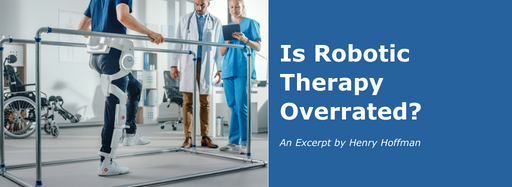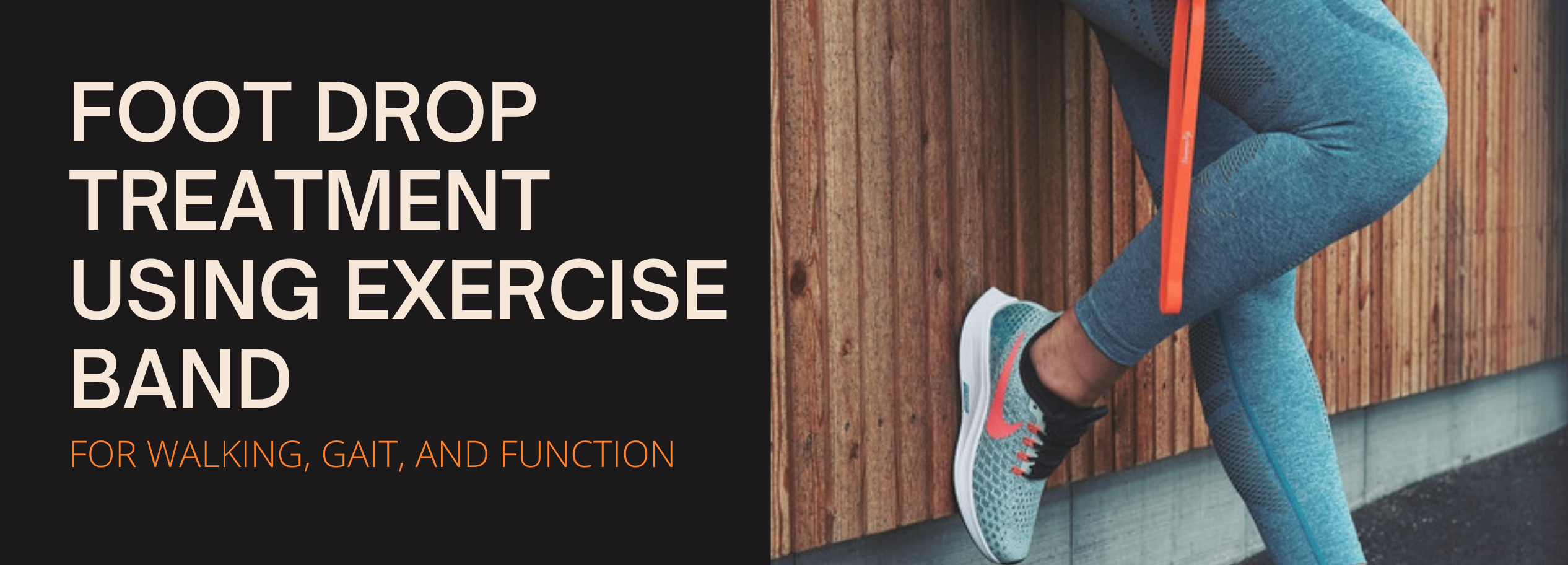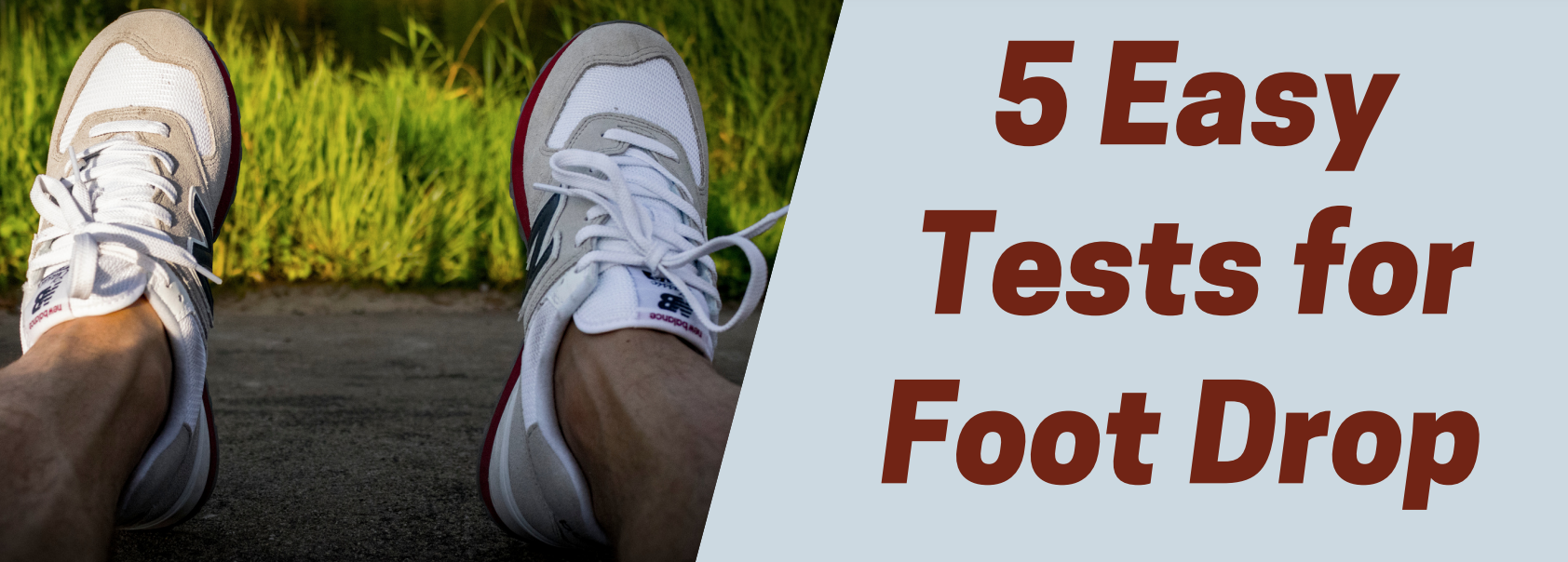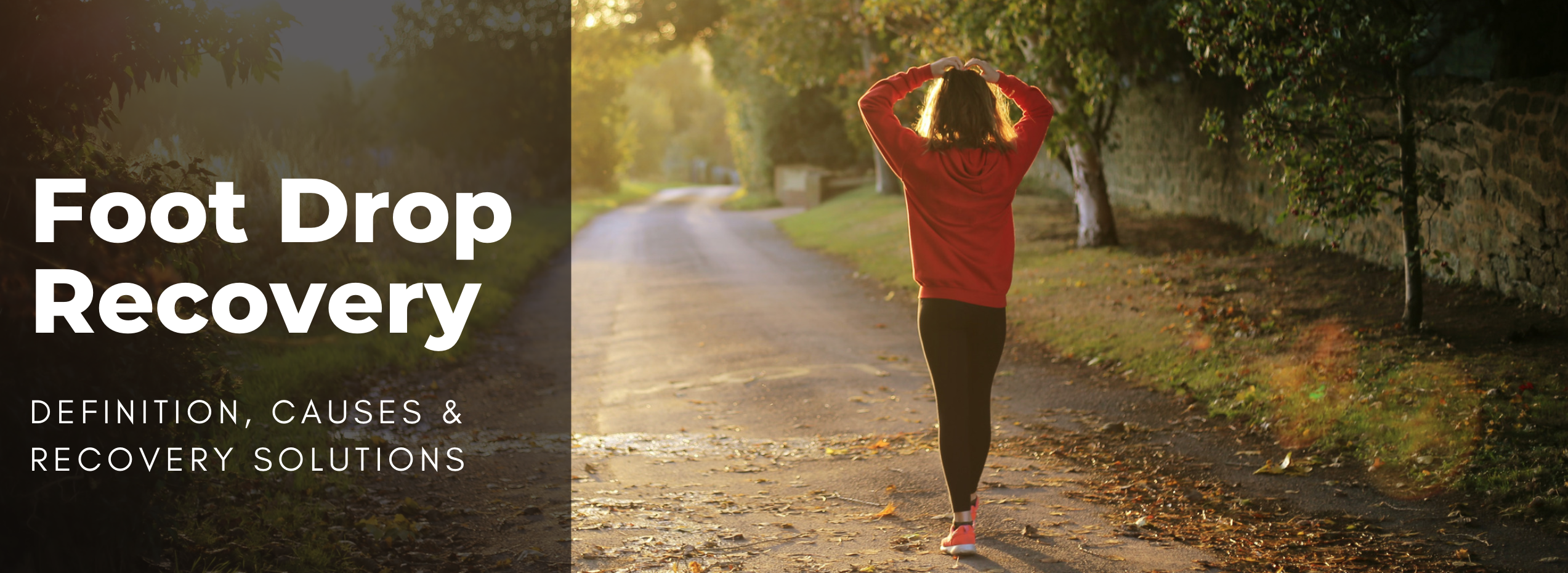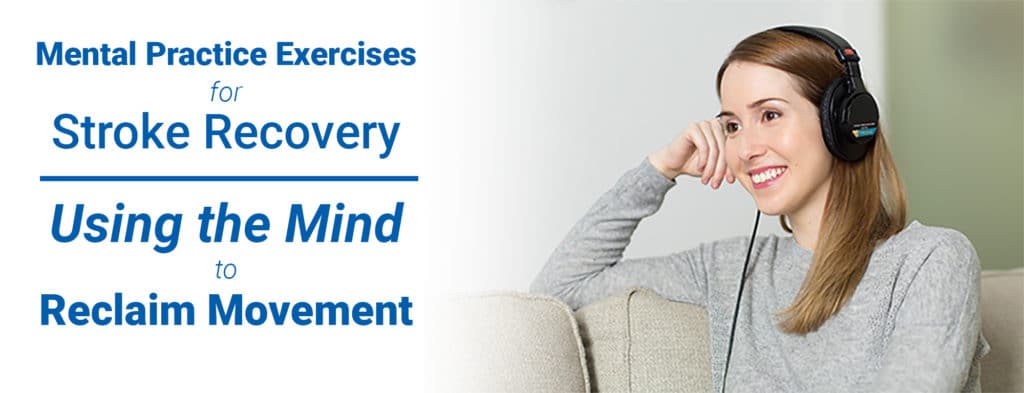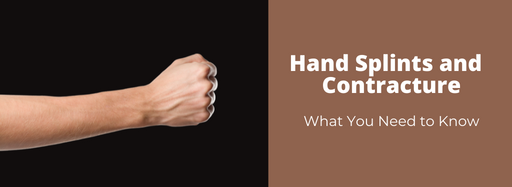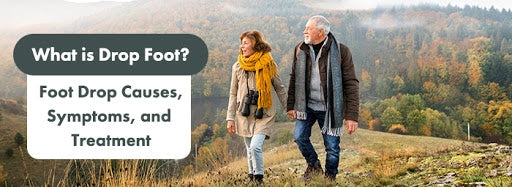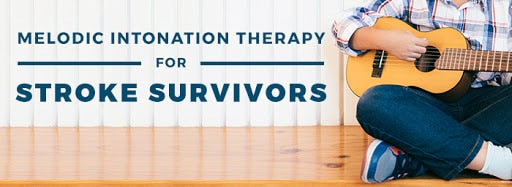Shoulder Subluxation
Shoulder subluxation is a common complication that affects up to 80% of stroke survivors. It occurs when the upper arm bone, called the humerus, becomes partially dislocated from the shoulder...
Utilizing Robotics in Stroke Rehabilitation: A Deep Dive
Stroke rehabilitation has seen significant advancements over the past decade, with the integration of robotic technology being a major development. Robotic therapy has emerged as a powerful tool in the...
Is Robotic Therapy Overrated?
Robot-assisted therapy has become increasingly popular over the last two decades. In fact, it is so well-known that out of the 1,300 RCT’s (Randomized Controlled Clinical Trials) in UE stroke...
Foot Drop Treatment Using a Resistance Band
Want a quick fix to your foot drop problem? This blog will share two techniques for helping lift your foot without using an ankle-foot orthosis (AFO). These techniques are temporary...
5 Easy Tests for Foot Drop
Think you suffer from foot drop after a stroke or neurological injury? In this post, we will cover five easy tests to identify foot drop. Foot drop is a common symptom of...
Foot Drop Recovery: Definition, Causes, & Recovery Solutions
Foot drop, also known as drop foot, is the inability to raise the front part of the foot due to weakness or paralysis of the muscles that lift the foot...
A Guide to Electrical Stimulation Therapy for Stroke Patients
In simple terms, electrical stimulation is the sending of electrical impulses to generate a muscle contraction. This is usually done via surface electrodes stuck to the skin over the target...
Mental Practice for Stroke Recovery: Using the Mind to Reclaim Movement
Recovering from a stroke takes hard work, dedication and...imagination? While it might seem like a far-fetched statement, using only the mind to reclaim movement can be a reality for many...
Hand Splints and Contracture: What You Need to Know
Surviving a stroke is a debilitating and frightening experience, and survivors are often affected for an extended period of time after suffering a stroke event. During their stroke recovery period,...
What Is Drop Foot? Foot Drop Causes, Symptoms, and Treatment
Foot drop affects millions of individuals around the globe, limiting their mobility and leading to a lower overall quality of life. Motor impairments like foot drop can be frustrating and,...
Home Modification May Be Required for Stroke Survivors
For someone recovering from a stroke, the transition from a hospital or rehabilitation center to a residence can be difficult. While healthcare institutions are equipped to deal with people who...
Melodic Intonation Therapy for Stroke Survivors
Stroke is the leading cause of disability today. Many stroke survivors are left with a condition known as aphasia, a language disorder for which melodic intonation therapy may be a...





